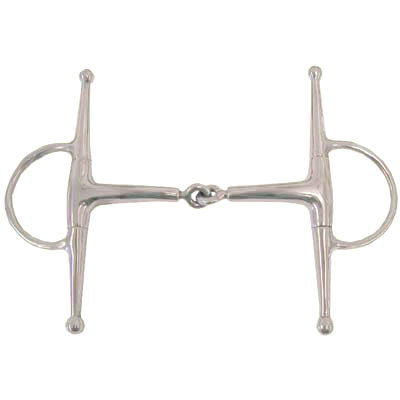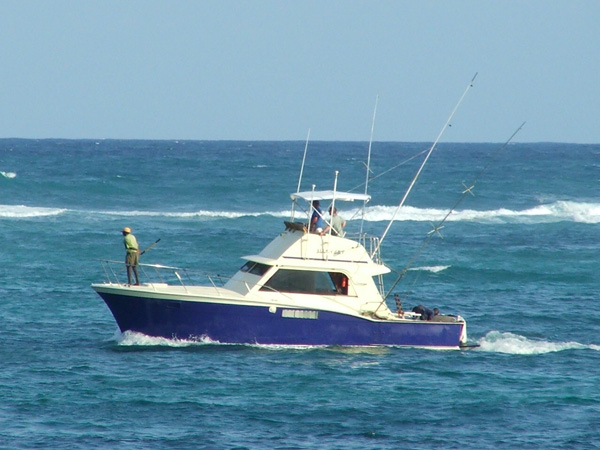How To Fit Hiking Boots
A good fitting hiking boot is essential to fully enjoy a walking vacation. Many hikers prefer the ankle support provided by a boot rather than a walking shoe. A good quality hiking boot will cost from $125 - $175.
A good boot should fit the terrain and the foot! Manufacturers rate boots from class A to C. Class A is for light hiking on flat, smooth terrain. Class C is for heavy hiking on rough terrain with a large overnight backpack. Look for class B mid weight boots. Mid weight boots are intended for light off trail terrain, which is what the hiking and walking on most vacations classed as walking vacations will be.
Boots should be as light and comfortable as possible while keeping your feet dry, warm, and well-protected. A good-fitting boot should support both feet and ankles from twisting on uneven surfaces. A thick sole is essential so that the walker’s feet do not get bruised from rocky terrain. Equally important is a sole with a good grip in the event of walking on damp and potentially slippery ground.
Moisture is one of the biggest enemies when it comes to hiking. Moisture causes blisters. There are a couple of things that can improve the chances of keeping feet dry. Look for breathable and watertight materials that will allow moisture to leave the inner parts of the boots but will not let water enter, such as Gortex.
When trying on boots, wear the socks that intended for use for hiking. Walk around the store and if possible go up some steps. Some stores have a boot test area. Be sure toes have enough room to move! However, beware a loose fit; the boot should not be loose enough to allow the foot to slides around or the heel to lift up while stepping. Check that toes do not touch the front or top of the boot. Also look for a boot that provides good arch support.
Good hiking socks are essential to avoid blisters. They are worth the investment! Some hikers recommend wearing two pairs of socks, a thin ‘liner’ pair first covered by a thicker pair, to help the foot breathe, to wick away moisture and protect from blisters. Wearing two pairs of socks makes it more likely for any rubbing to happen against the material and not the skin of the foot. It never hurts to carry an extra pair of socks; a change at lunchtime will make feet much more comfortable for a full day’s walking.
Perfect fit or not, all new boots require some breaking in before the beginning of a walking or hiking vacation. Wearing the boots around the house for a few days is better than no breaking in at all. Ideally, the walker should wear boots outside and off road starting with a half hour and working up to at least two hours at a time for several weeks before the walking vacation. Finding and breaking in the right pair of walking boots is a great way of getting ready for a memorable vacation.
Lightweight Hiking Backpack
The Way To Choose Hiking Boots


